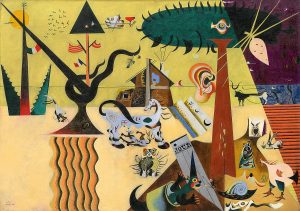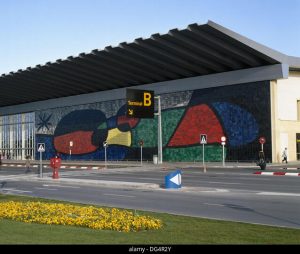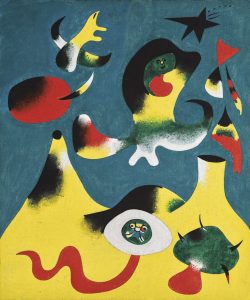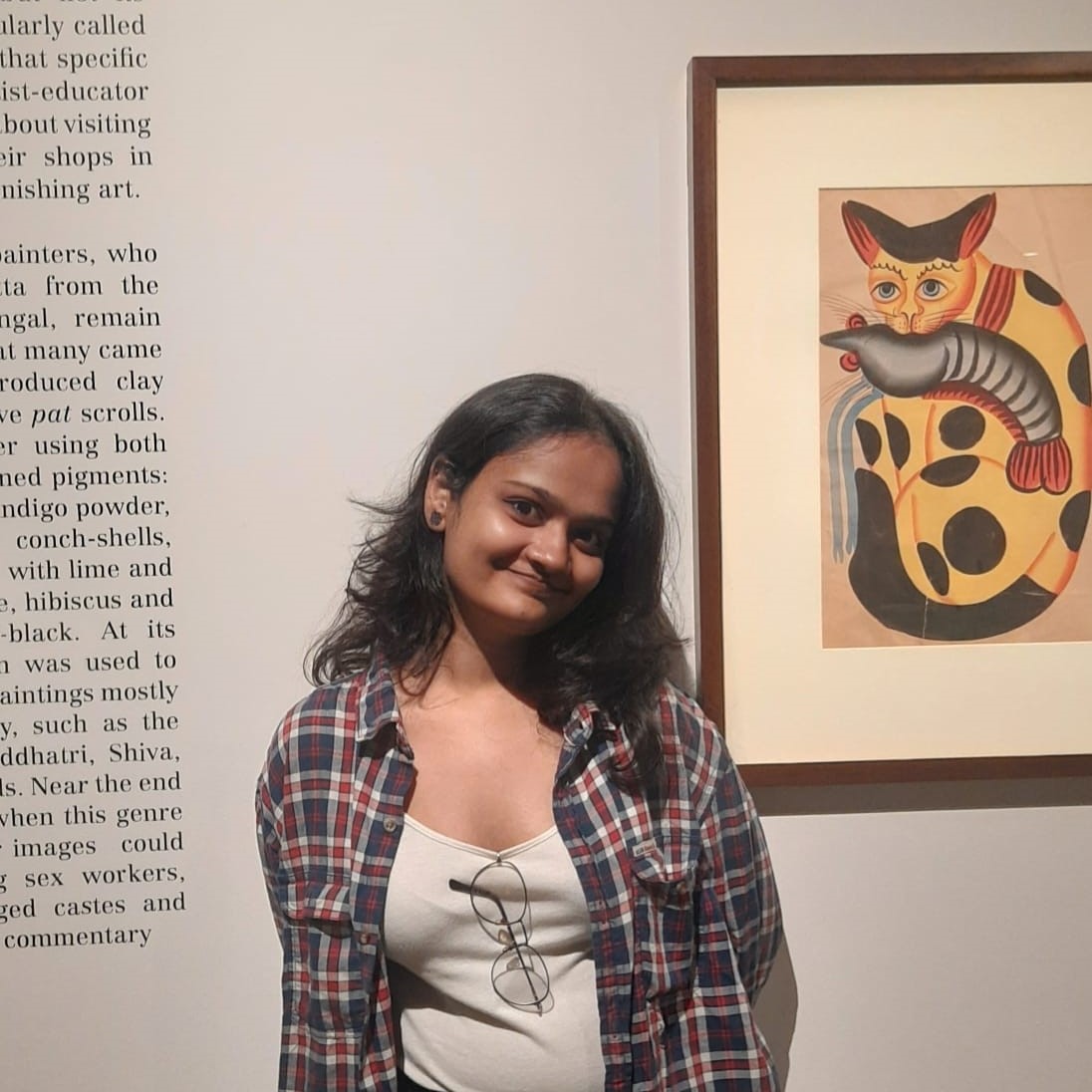Vaishnavi Srivastava
20th April, ON THIS DAY
“I begin my paintings because something jolts me away from reality. This shock can be caused by a little thread that comes loose from the canvas, a drop of water that falls, the fingerprint my thumb leaves on the shiny surface of this table.”
– Joan Miró
In the fascinating world of Joan Miró, vivid hues, natural forms, and fantastical shapes converge to produce works of art that have mesmerised viewers for decades. Miró’s works have had a lasting impact on the art world, influencing movements like Surrealism and Abstract Expressionism from his early years in Barcelona to his latter years in Paris and beyond. On his day of birth, we explore this groundbreaking artist’s life and work to uncover the beauty and wonder that resides inside.
Spanish painter, sculptor, and ceramicist Joan Miró is renowned for his dreamlike and surrealistic style. Miró, who was born on this day, April 20, 1893, in Barcelona, was raised among the arts thanks to his father, a jeweller and watchmaker. He attended the School of Fine Arts in Barcelona before continuing his education at the Académie de la Grande Chaumière in Paris, where he made friends with and studied with painters like Max Ernst and Pablo Picasso.

Courtesy: The Guggenheim Museums
Miró dabbled in a variety of artistic movements during his career, including surrealism, cubism, and fauvism. He is well renowned for using vivid colours, organic patterns, and abstract forms that sparked the imagination and subconscious. “The Tilled Field” (1923–1924), a large-scale painting that shows a vivid and magical landscape with warped shapes and forms, is one of his most well-known pieces. The artwork exemplifies Miró’s fascination with automatism, a method that entailed letting the subconscious direct the creative process while working without prior notions or goals.
Stars, moons, and animals were among the symbols and motifs from Miró’s Catalan origin that frequently appeared in his artwork. He additionally employed found objects and common materials like twigs, stones, and pebbles in his sculpture, giving them new value. Along with his paintings and sculptures, Miró also produced tapestries and murals for public buildings, such as the Barcelona Airport and the UNESCO building in Paris. His works have been shown in galleries and museums all over the world and are included in a large number of both public and private collections.

Courtesy: Alamy
At the age of 90, Miró passed away on December 25, 1983, leaving behind a body of bizarre and dreamlike works that still enthral and motivate people today. Miró had a huge impact on the art world, particularly in the rise of surrealism. His paintings have been praised for their capacity to conjure a sense of the dream world and the imagination. His use of automatism and his study of the subconscious contributed to shaping the movement.
He had an impact on the works of other artists like Rene Magritte and Salvador Dali. The emergence of Abstract Expressionism in the United States was also impacted by Miró’s use of abstract forms and shapes. Today, Miró’s paintings are still admired and researched, and his reputation as a trailblazing 20th-century artist is unquestionable.

Courtesy: Sotheby’s
Joan Miró produced a sense of the subconscious and the imagination through the use of colour, form, and symbolism. With his distinctive viewpoint and aesthetic, Joan Miró, an artist, reshaped the art world by daring to dream and create without limitations. His vibrant, and surreal artwork continues to enthral and excite viewers around, serving as a reminder of the value of imagination, spontaneity, and invention in the arts. His influence on the art world is tremendous, and his creations will continue to captivate and thrill future generations as we reflect on his legacy.

Vaishnavi Srivastava is a learning writer, a keen researcher and a literature enthusiast. She is a Sub-editor at Abir Pothi.






